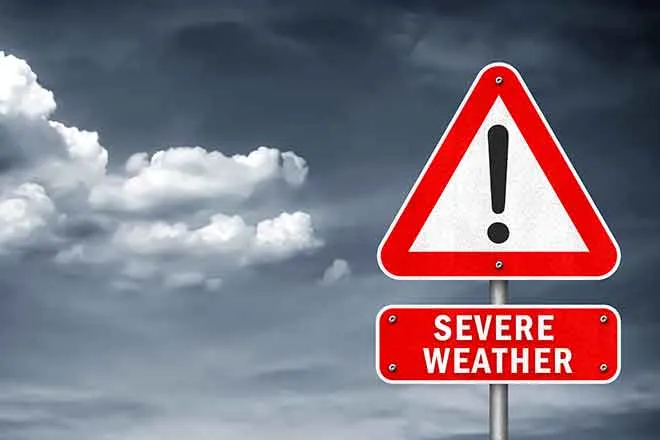
Hotter temperatures mean more workplace injuries, study finds
With hotter temperatures come more heat-related workplace injuries — about 28,000 injuries each year, according to a new study published Monday in the journal Environmental Health.
Scientists have long warned of climate change-driven extreme heat and its dangers to health. Studies have shown extreme heat can cause fatigue, poorer coordination and reduced attention. Put together, these physical and cognitive effects increase the likelihood of workplace injuries, wrote the researchers from the Harvard T.H. Chan School of Public Health and George Washington University’s Milken Institute School of Public Health.
The researchers analyzed roughly 845,000 injuries documented by the federal Occupational Safety and Health Administration across 48 states in 2023. They compared the likelihood of workplace injuries under different temperature ranges, looked at both indoor and outdoor industries and factored in state policies around workplaces and heat.

© iStock - ronniechua
The researchers saw an upward trend in injury risks starting at about 85°F and steeper climbs when temperatures reached higher than 90°F — with greater risks in states without workplace heat rules.
At heat indexes of 110°F or higher, for example, the risk of injury increased 22 percent in states without occupational heat rules. But the risk increased by only 9 percent in five states that had workplace heat rules in 2023 (California, Colorado, Minnesota, Oregon and Washington).
To account for regional differences in climate, the researchers also compared four Western states with occupational heat rules (California, Colorado, Oregon and Washington) with seven Western states that don’t have them (Arizona, Idaho, Montana, New Mexico, Nevada, Utah and Wyoming) and found similar disparities.
In August of last year, under the Biden administration, OSHA proposed a new heat-related workplace standard. The rule would require employers to monitor heat hazards in indoor and outdoor workplaces and create clearer requirements for employers to protect their employees.
The agency held a hearing this summer and extended a comment period through the end of October for those who participated in the hearing.
The researchers found a high injury risk in both outdoor industries, such as waste management, agriculture and construction, and in indoor workplaces such as manufacturing and warehousing.
“The problem is only going to get worse with climate change,” Dr. Barrak Alahmad, senior scientist at Harvard T.H. Chan School of Public Health, told Stateline in a statement. “You can decide to ignore it and continue business as usual, but that will not only affect injured workers, it will also hit productivity and the bottom lines of employers.”
















